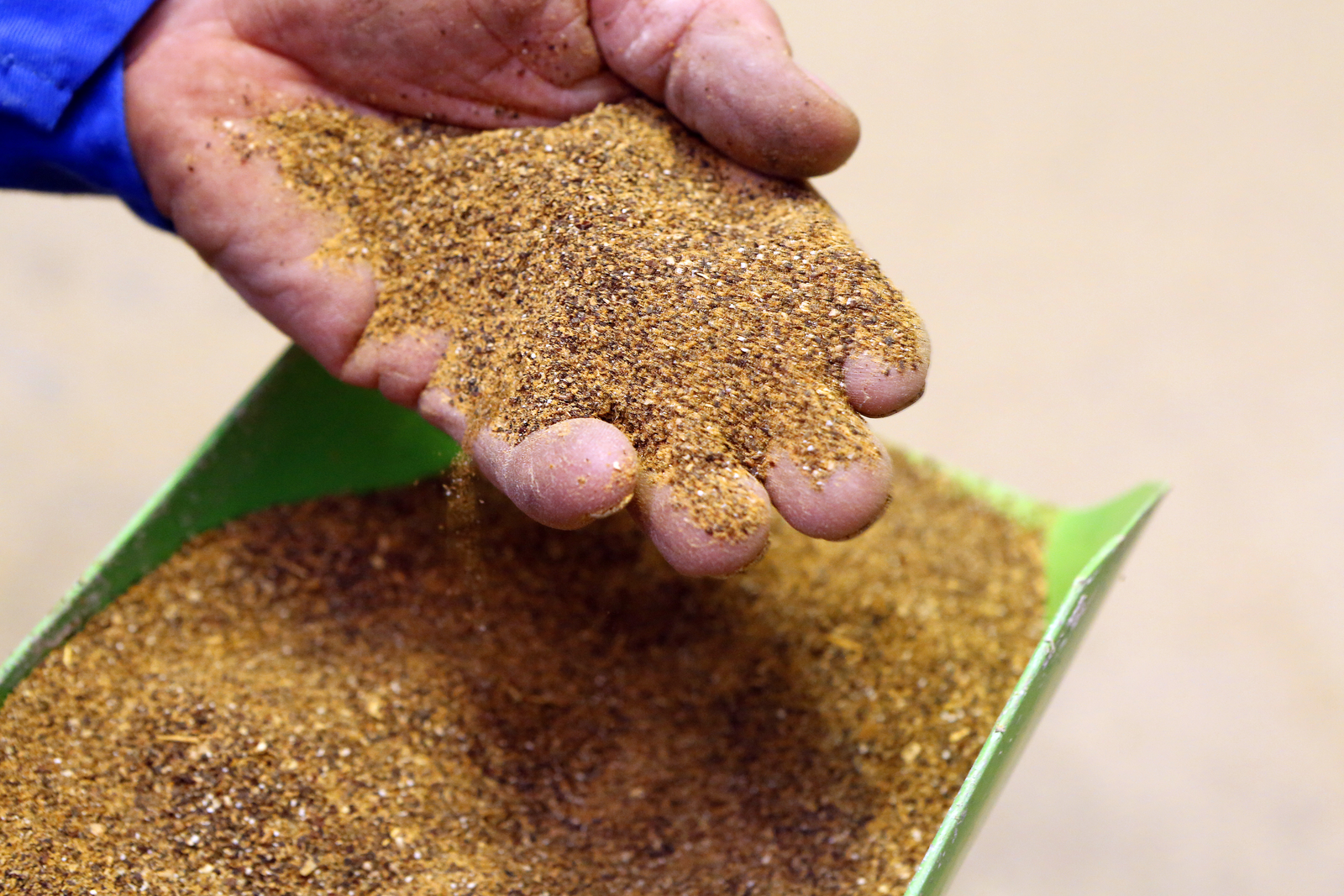Feed additives market to reach $19.54 billion by 2020

The global animal feed additives market is expected to reach USD 19.54 billion by 2020, according to a new study by Grand View Research, Inc. Growing protein demand, especially in Asia Pacific and Latin America, is expected to be a key driver for additive demand over the next six years.
In addition, various disease outbreaks in livestock animals such as swine flu and foot & mouth diseases in the past decade have led to increased regulations on meat quality and safety which further has prompted the use of feed additives, according to the study. Raw material and product cost concerns, especially over specialty products such as enzymes, acidifiers and trace minerals is expected to be a key issue for market participants over the next six years.
Feed acidifiers the fastest growing products
Amino acids such as lysine, methionine, tryptophan and threonine emerged as the leading product segment, accounting for 31.2% of total market revenue in 2012. Amino acids are essential for the growth of animals, especially swine and poultry. Industrial lysine also has advantages over its natural substitute (soybean) which has been driving the global market. Amino acids were followed by antibiotics which accounted for 26.8% of total market revenue in 2012. Antibiotics have been banned in the US and in Europe, and are expected to witness demand primarily from unregulated markets, especially in Asia and Latin America. Feed acidifiers are expected to be the fastest growing products in the overall market, at an estimated CAGR of 6.4% from 2014 to 2020.
Further key findings from the study suggest:
- Poultry emerged as the leading livestock consuming feed additives and accounted for 38.2% of total market revenue in 2012. Growing preference for white meat, especially in India and China is expected to drive poultry feed additive demand over the next six years. Poultry along with being the largest livestock is also expected to be the fastest growing livestock consuming feed additives at an estimated CAGR of 4.2% from 2014 to 2020. Poultry was followed by pork/swine which accounted for just over 30% of total market revenue in 2012.
- Asia Pacific emerged as the leading market for animal feed additives and accounted for 32.6% of total market revenue in 2012. Along with being the largest market, Asia Pacific is also expected to be the fastest growing market for animal feed additives at an estimated CAGR of 4.2% from 2014 to 2020. Increasing domestic demand, coupled with burgeoning meat trade, especially in China and India is expected to drive the Asian feed additive demand over the next six years.
- Europe animal feed additive demand is expected to reach USD 5,809.7 million by 2020, growing at a CAGR of 4% from 2014 to 2020. Germany was the largest European market, accounting for close to 10% of regional additive demand in 2012.
- The global animal feed additive market is highly concentrated, with the top four companies including DSM, BASF, Evonik and Danisco. The top four companies accounted for over 60% share of the global animal feed additives market in 2012. Some of the other companies operating in the global market include Elanco, Novozymes, Kemin Industries, Novus International and Cargill among others.











